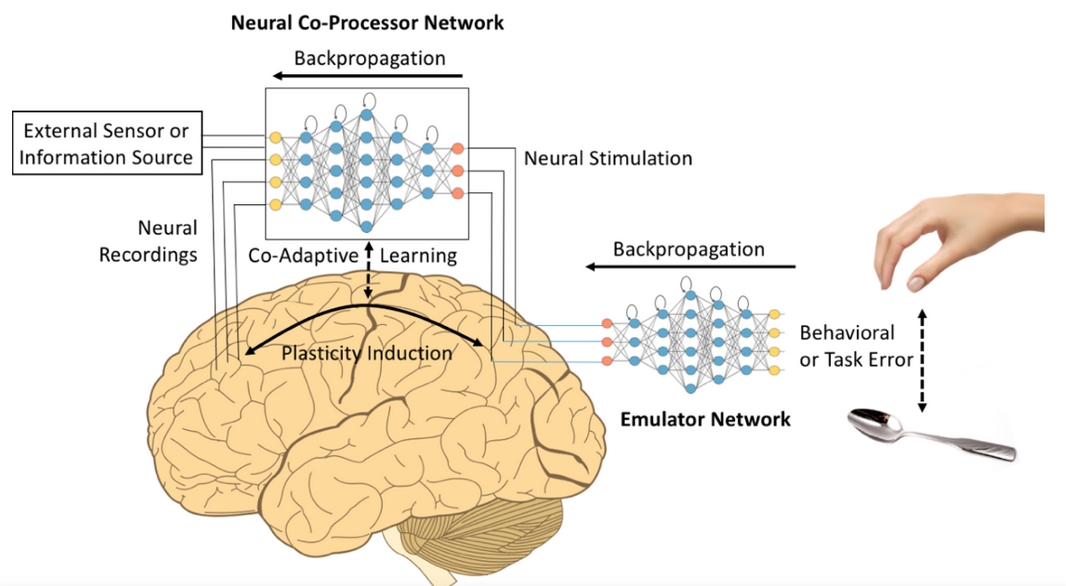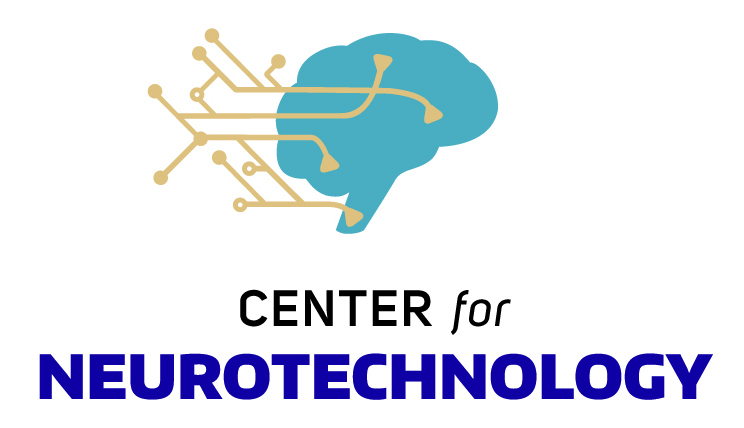New Framework to Move Bi-Directional Brain-Computer Interfaces Out of the Laboratory
Outcome/Accomplishment
Brain-computer interfaces are poised to advance from the traditional goal of controlling prosthetic devices to combining neural decoding and encoding within a single neuroprosthetic device under a framework developed by researchers at the Center for Neurotechnology (CNT), an NSF-funded Engineering Research Center (ERC) at the University of Washington.
Impact/Benefits
This new way of thinking about the development of bi-directional brain-computer interfaces (BBCIs) opens the door to moving neural devices for engineering neural plasticity out of the laboratory and into real-world settings. BBCIs can be used for closed-loop control of prosthetic devices, reanimation of paralyzed limbs, restoration of sensorimotor and cognitive function, neuro-rehabilitation, enhancement of memory, and brain augmentation.
Explanation/Background
After a promising start in the 1960s, the field of brain-computer interfaces (BCIs) entered a lull of several decades. Spurred in the 1990s by the advent of multi-electrode recordings as well as fast and cheap computers, the field saw a resurgence of BCI study. Now researchers have begun to explore bi-directional BCIs which integrate decoding and encoding in a single system.
CNT Co-Director Rajesh Rao described the innovative conceptual framework for developing BBCIs in a 2019 paper. His framework uses a "co-processor" neural network and an "emulator" neural network to allow a BBCI to transform complex brain activity to appropriate stimulation patterns for re-animating paralyzed limbs and engineering neuroplasticity for rehabilitation.
Location
Seattle, Washingtonwebsite
Start Year
Biotechnology and Healthcare
Biotechnology and Healthcare
Lead Institution
Core Partners
Fact Sheet
Outcome/Accomplishment
Brain-computer interfaces are poised to advance from the traditional goal of controlling prosthetic devices to combining neural decoding and encoding within a single neuroprosthetic device under a framework developed by researchers at the Center for Neurotechnology (CNT), an NSF-funded Engineering Research Center (ERC) at the University of Washington.
Location
Seattle, Washingtonwebsite
Start Year
Biotechnology and Healthcare
Biotechnology and Healthcare
Lead Institution
Core Partners
Fact Sheet
Impact/benefits
This new way of thinking about the development of bi-directional brain-computer interfaces (BBCIs) opens the door to moving neural devices for engineering neural plasticity out of the laboratory and into real-world settings. BBCIs can be used for closed-loop control of prosthetic devices, reanimation of paralyzed limbs, restoration of sensorimotor and cognitive function, neuro-rehabilitation, enhancement of memory, and brain augmentation.
Explanation/Background
After a promising start in the 1960s, the field of brain-computer interfaces (BCIs) entered a lull of several decades. Spurred in the 1990s by the advent of multi-electrode recordings as well as fast and cheap computers, the field saw a resurgence of BCI study. Now researchers have begun to explore bi-directional BCIs which integrate decoding and encoding in a single system.
CNT Co-Director Rajesh Rao described the innovative conceptual framework for developing BBCIs in a 2019 paper. His framework uses a "co-processor" neural network and an "emulator" neural network to allow a BBCI to transform complex brain activity to appropriate stimulation patterns for re-animating paralyzed limbs and engineering neuroplasticity for rehabilitation.

